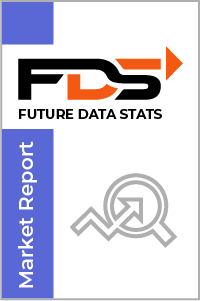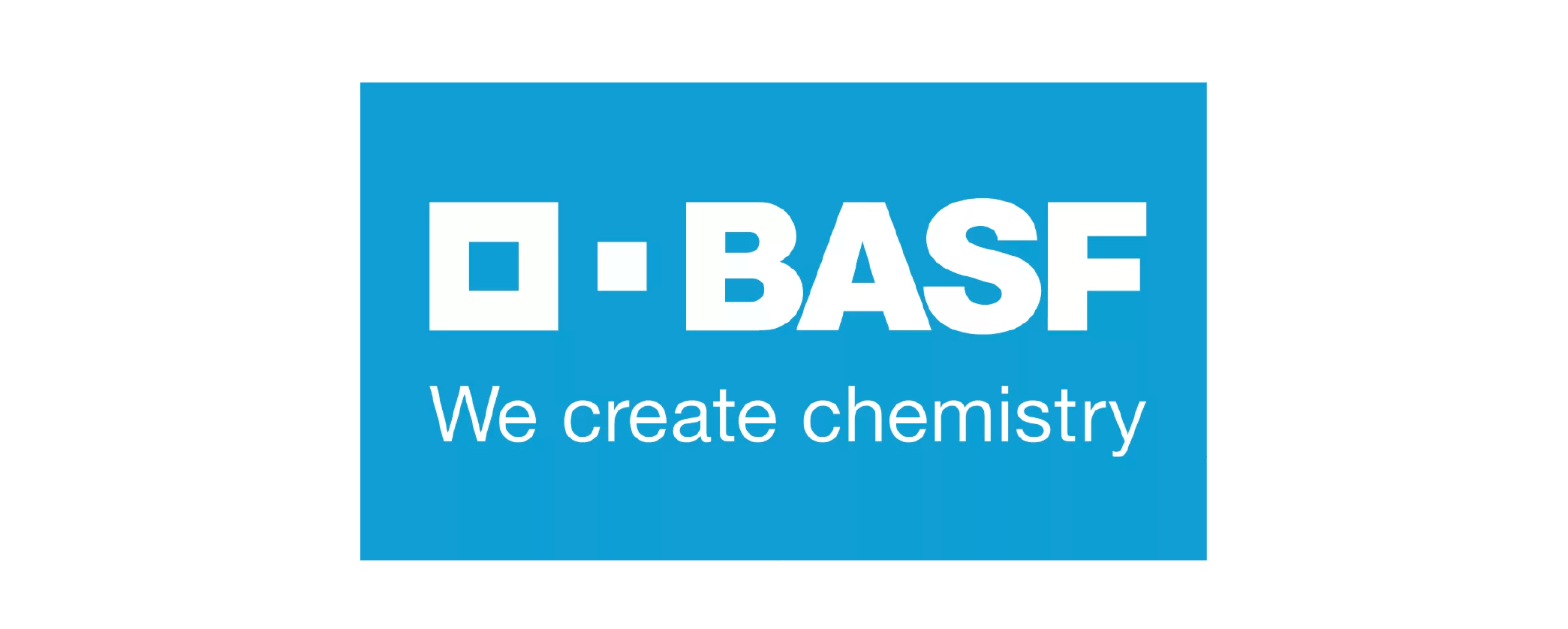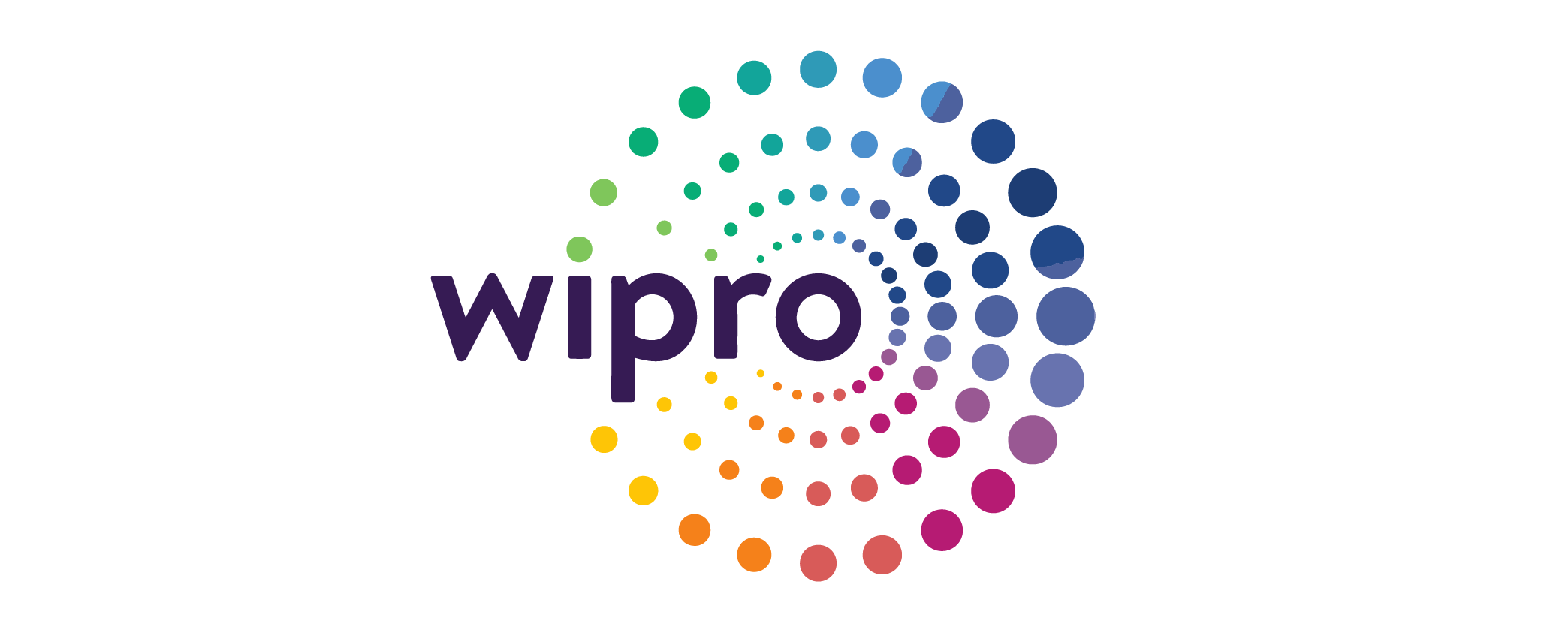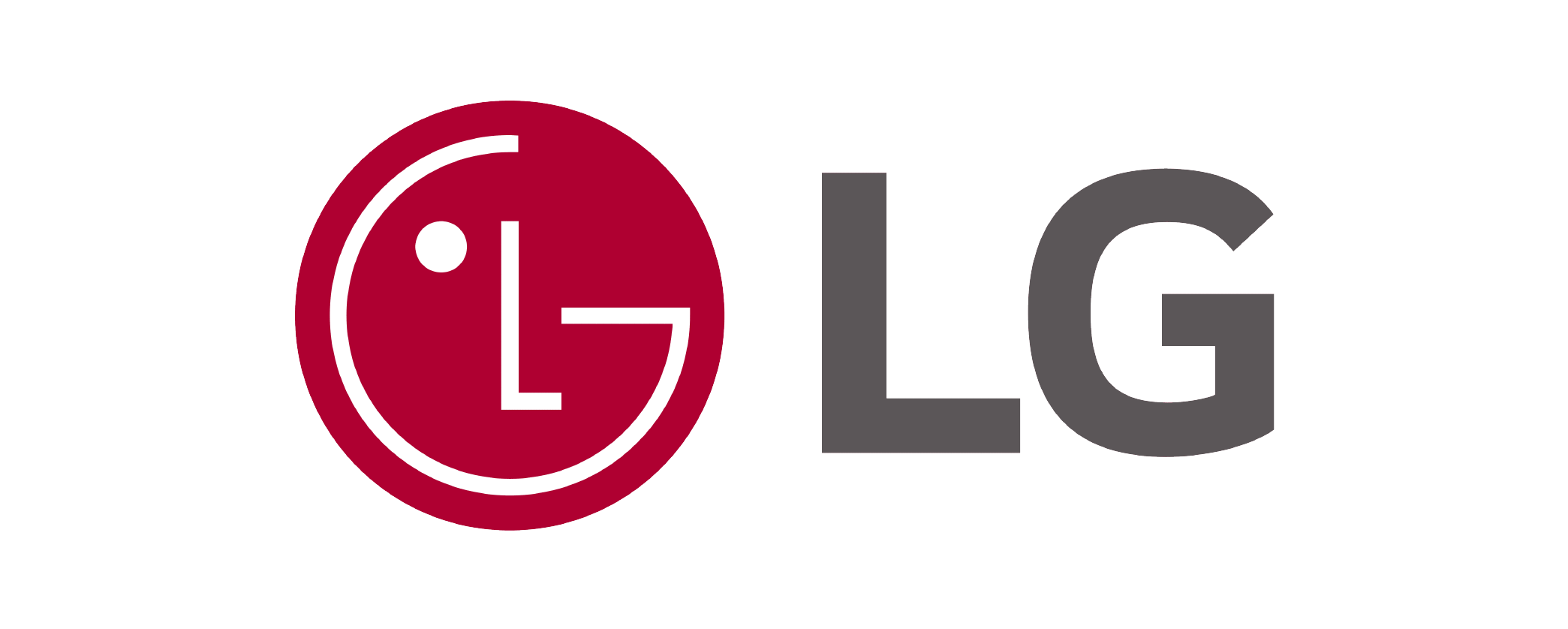The global Renewable Energy Grid Resilience market size was valued at USD 34.60 billion in 2023 and is projected to expand at a compound annual growth rate (CAGR) of 18.4% during the forecast period, reaching a value of USD 108.77 billion by 2030.
Renewable Energy Grid Resilience market research report by Future Data Stats, offers a comprehensive view of the market's historical data from 2018 to 2021, capturing trends, growth patterns, and key drivers. It establishes 2022 as the base year, analyzing the market landscape, consumer behavior, competition, and regulations. Additionally, the report presents a well-researched forecast period from 2023 to 2030, leveraging data analysis techniques to project the market's growth trajectory, emerging opportunities, and anticipated challenges.
MARKET OVERVIEW:
Renewable Energy Grid Resilience refers to the ability of an electrical grid system to maintain stable and uninterrupted energy supply while incorporating renewable energy sources like solar, wind, hydroelectric, geothermal, and biomass. It involves adapting the grid infrastructure to handle the intermittent nature of these renewables, ensuring consistent power supply to consumers. This resilience is essential to mitigate disruptions caused by adverse weather conditions, equipment failures, or cyber threats, ensuring that clean energy sources contribute reliably to the overall energy supply. Achieving renewable energy grid resilience requires a combination of technological advancements, smart grid solutions, policy support, and robust regulatory frameworks to create a sustainable and dependable energy ecosystem for the future.
MARKET DYNAMICS:
One of the primary drivers is the increasing global emphasis on transitioning to clean and sustainable energy sources to combat climate change. This shift towards renewable energy, including solar, wind, and hydroelectric power, is propelling the demand for grid resilience solutions that can effectively integrate these intermittent sources into existing energy infrastructure. Furthermore, governments and regulatory bodies are offering incentives and subsidies to encourage the development of grid resilience technologies, creating a conducive environment for market growth.
However, the market is not without its restraints. Grid resilience technologies often entail significant upfront costs, which can pose a financial challenge for utilities and energy providers. Additionally, the complexity of integrating various renewable sources into the grid while ensuring reliability and stability presents technical challenges. Cybersecurity threats also loom as a restraint, necessitating robust protective measures. Despite these challenges, opportunities abound in the Renewable Energy Grid Resilience market. Advancements in energy storage solutions, smart grid technologies, and demand response systems offer prospects for innovation.
RENEWABLE ENERGY GRID RESILIENCE MARKET SEGMENTAL ANALYSIS
BY TYPE:
Solar Power Grid Resilience is a significant driver in the market, driven by the exponential growth in solar installations worldwide. The intermittent nature of solar power requires innovative grid solutions to ensure consistent energy supply, making grid resilience technologies vital. Wind Energy Grid Resilience is another key factor influencing the market. Wind power capacity has been steadily increasing, and harnessing this energy source efficiently necessitates grid systems that can handle the variability of wind generation. Grid resilience technologies for wind energy are essential to maintain a stable electricity supply. Hydroelectric Grid Resilience plays a vital role in regions with substantial hydroelectric power generation. These power plants can experience fluctuations due to changes in water flow, and grid resilience measures are necessary to balance these variations and maintain grid stability.
Geothermal Energy Grid Resilience addresses the unique challenges associated with harnessing heat from the Earth's interior. Ensuring that geothermal power contributes reliably to the grid requires specialized resilience solutions. Biomass Energy Grid Resilience is equally important, given the increasing use of organic materials for energy production. Reliable grid systems are essential to handle the diverse sources of biomass energy efficiently.
BY APPLICATION:
Grid Resilience for Urban Energy Distribution stands out as a critical aspect, driven by the increasing urbanization and the growing demand for clean energy in cities. As urban areas increasingly rely on renewable sources, grid resilience solutions become indispensable to ensure uninterrupted power supply, minimize disruptions, and enhance energy security within densely populated regions.
Rural Electrification and Grid Resilience are pivotal factors, particularly in remote and underserved areas. Many regions are focusing on expanding access to electricity through renewable sources like solar and wind. In these contexts, grid resilience technologies play a vital role in bringing sustainable power to rural communities, thus improving their quality of life and economic opportunities.
Microgrid Solutions for Resilience are gaining prominence due to their ability to operate independently or in conjunction with the main grid. These microgrids are especially valuable in areas with unreliable grid infrastructure or during emergencies. The market for microgrid solutions is witnessing growth as businesses, campuses, and communities seek greater control over their energy sources and resilience.
Industrial and Commercial Grid Resilience is another driving factor, as businesses recognize the importance of uninterrupted power supply for their operations. Grid resilience technologies are essential to safeguard industrial and commercial activities, ensuring they can continue even during power grid disturbances. Moreover, Grid Resilience in Extreme Weather Conditions is a crucial consideration, as climate change-related events become more frequent. The market responds by offering robust resilience solutions capable of withstanding and recovering from extreme weather events, thereby ensuring energy reliability in challenging circumstances.
REGIONAL ANALYSIS:
North America, for instance, leads the way in grid resilience investments, driven by a strong commitment to renewable energy adoption and grid modernization. The United States, in particular, is witnessing significant growth in renewable energy capacity, bolstered by favorable government policies and increasing environmental awareness. The European market emphasizes grid resilience, especially in the face of extreme weather events and the integration of offshore wind energy. European countries like Germany, Denmark, and the United Kingdom are pioneers in renewable energy adoption and grid resilience technologies.
In the Asia Pacific region, the Renewable Energy Grid Resilience market is surging, fueled by the rapid expansion of renewable energy sources, particularly in countries like China and India. Asia Pacific's growing population and urbanization make grid resilience a priority, with a focus on smart grid solutions and microgrids. Latin America is also making strides in grid resilience, with countries like Brazil and Chile investing in renewable energy and associated resilience measures. Lastly, the Middle East and Africa are gradually recognizing the importance of renewable energy and grid resilience, with several initiatives aimed at diversifying energy sources and enhancing energy security.
COVID-19 IMPACT:
The pandemic disrupted supply chains, delayed project timelines, and created uncertainty in the renewable energy sector. While the initial months saw a slowdown in investment and construction activities, there was a gradual recovery as governments and investors continued to recognize the importance of clean energy and grid resilience. The pandemic underscored the need for dependable and resilient energy infrastructure, as well as the value of renewable sources in ensuring a sustainable and secure energy future.
INDUSTRY ANALYSIS:
Mergers & Acquisitions
- In 2023, Siemens AG acquired Brightly Software, a provider of software solutions for renewable energy asset management. This acquisition is expected to strengthen Siemens' position in the renewable energy market and help to accelerate the development of grid resilience solutions.
- In 2022, GE Renewable Energy acquired Grid Solutions, a provider of grid management and automation solutions. This acquisition is expected to help GE Renewable Energy to provide more comprehensive solutions for grid resilience.
Product New Launches
- In 2023, ABB launched the ABB Ability PowerStore BESS, a battery energy storage system (BESS) that can be used to provide grid resilience and support the integration of renewable energy into the grid.
- In 2022, Siemens AG launched the Siemens Energy Microgrid Controller, a microgrid controller that can be used to manage and optimize microgrids.
- In 2022, GE Renewable Energy launched the GE Grid Solutions Grid Resilience Suite, a suite of software solutions that can be used to improve grid resilience.
KEY MARKET PLAYERS:
- Siemens AG
- Schneider Electric SE
- General Electric Company
- ABB Ltd.
- Eaton Corporation
- Honeywell International Inc.
- Tesla, Inc.
- Bloom Energy Corporation
- Vestas Wind Systems A/S
- First Solar, Inc.
- SunPower Corporation
- LG Chem Ltd.
- SMA Solar Technology AG
- Enphase Energy, Inc.
- Mitsubishi Electric Corporation
- Johnson Controls International plc
- PowerSecure, Inc.
- National Grid PLC
- Xcel Energy Inc.
- Duke Energy Corporation
- NextEra Energy, Inc.
- Dominion Energy, Inc.
- E.ON SE
- Schneider Electric SE
- Emerson Electric Co.
- others
Table of Contents
- Introduction
- Types of Renewable Energy Sources
- Solar Power
- Wind Energy
- Hydroelectric Power
- Geothermal Energy
- Biomass Energy
- Importance of Grid Resilience in Renewable Energy
- Key Challenges in Renewable Energy Grid Resilience
- Technological Solutions for Grid Resilience
- Battery Storage Systems
- Smart Grid Technologies
- Demand Response Systems
- Microgrid Solutions
- Government Policies and Regulations
- Incentives for Grid Resilience
- Environmental Considerations
- Regulatory Framework
- Market Segmentation
- By Type of Renewable Energy
- By Application
- By Region
- Market Trends and Innovations
- Integration of AI and IoT
- Decentralized Energy Sources
- Cybersecurity Measures
- Case Studies
- Successful Grid Resilience Projects
- Lessons Learned
- Future Outlook and Predictions
- Conclusion
Renewable Energy Grid Resilience Market Segmentation
By Type:
- Solar Power Grid Resilience
- Wind Energy Grid Resilience
- Hydroelectric Grid Resilience
- Geothermal Energy Grid Resilience
- Biomass Energy Grid Resilience
By Application:
- Grid Resilience for Urban Energy Distribution
- Rural Electrification and Grid Resilience
- Microgrid Solutions for Resilience
- Industrial and Commercial Grid Resilience
- Grid Resilience in Extreme Weather Conditions
By Geography:
- North America (USA, Canada, Mexico)
- Europe (Germany, UK, France, Russia, Italy, Rest of Europe)
- Asia-Pacific (China, Japan, South Korea, India, Southeast Asia, Rest of Asia-Pacific)
- South America (Brazil, Argentina, Columbia, Rest of South America)
- Middle East and Africa (Saudi Arabia, UAE, Egypt, Nigeria, South Africa, Rest of MEA)
Key Reasons to Buy this Report
- Comprehensive Insights: Market research reports provide in-depth and comprehensive insights into various industries, markets, and sectors. These reports are prepared after extensive data collection, analysis, and interpretation, offering you valuable information and a clear understanding of market trends, dynamics, and opportunities.
- Future Predictions: Market research reports often include future data statistics, forecasts, and predictions. These predictions are based on rigorous analysis and modeling techniques, taking into account various factors such as market growth drivers, challenges, and emerging trends. By accessing these future data stats, you can make informed decisions and develop strategies that align with the projected market scenarios.
- Industry Analysis: Market research reports offer detailed industry analysis, including factors such as market size, market share, competitive landscape, and key players. These reports provide an overview of the industry's current status, growth potential, and competitive dynamics, enabling you to identify lucrative opportunities and stay ahead of the competition.
- Market Trends and Opportunities: By purchasing market research reports, you gain access to up-to-date information on market trends and emerging opportunities. These reports highlight the latest consumer preferences, technological advancements, regulatory changes, and other influential factors shaping the market landscape. Keeping track of these trends helps you identify potential growth areas and adapt your business strategies accordingly.
- Risk Mitigation: Investing in a market research report can help mitigate risks associated with market uncertainties. The reports provide insights into potential risks, challenges, and barriers to entry in specific markets or industries. With this knowledge, you can develop risk mitigation strategies, anticipate market fluctuations, and make informed decisions to minimize potential losses.
- Investment Decision Support: Market research reports are valuable tools for investors, venture capitalists, and financial institutions. These reports provide reliable and data-driven information that aids in investment decision-making processes. By analyzing market research reports, investors can evaluate the market potential, assess the feasibility of investment opportunities, and gauge the expected returns on investment.
- Product Development and Innovation: Market research reports offer insights into consumer preferences, needs, and demands. This information can be leveraged for product development and innovation. By understanding the market dynamics and consumer behavior, you can tailor your products or services to meet the evolving needs of your target audience, leading to enhanced customer satisfaction and market success.
- Strategic Planning: Market research reports serve as a foundation for strategic planning. They provide a comprehensive overview of the market landscape, competitive positioning, and growth potential. With this knowledge, you can develop effective business strategies, set realistic goals, and allocate resources efficiently. Strategic planning based on accurate market research helps optimize your operations and improve your chances of success.
- Market Entry and Expansion: For businesses looking to enter new markets or expand their existing operations, market research reports are indispensable. These reports provide insights into market dynamics, consumer behavior, regulatory frameworks, and competitive landscapes specific to the target markets. This information helps you assess the feasibility of market entry, identify potential obstacles, and develop market entry strategies that increase your chances of success.
- Evidence-Based Decision Making: Market research reports provide evidence-based data and analysis, enabling you to make informed decisions. Rather than relying on assumptions or guesswork, you can base your decisions on reliable information and market insights. Evidence-based decision making reduces the risk of costly mistakes and increases the likelihood of achieving your business objectives.
RESEARCH METHODOLOGY
With a collective industry experience of about 70 years of analysts and experts, Future Data Stats encompasses the most infallible research methodology for its market intelligence and industry analysis. Not only does the company dig deep into the innermost levels of the market, but also examines the minutest details for its market estimates and forecasts.
This approach helps build a greater market-specific view of size, shape, and industry trends within each industry segment. Various industry trends and real-time developments are factored into identifying key growth factors and the future course of the market. The research proceeds are the results of high-quality data, expert views & analysis, and valuable independent opinions. The research process is designed to deliver a balanced view of the global markets and allows stakeholders to make informed decisions, to attain their highest growth objectives.
Future Data Stats offers its clients exhaustive research and analysis, based on a wide variety of factual inputs, which largely include interviews with industry participants, reliable statistics, and regional intelligence. The in-house industry experts play an instrumental role in designing analytic tools and models, tailored to the requirements of a particular industry segment. These analytical tools and models distill the data & statistics and enhance the accuracy of our recommendations and advice.
With Future Data Stats calibrated research process and 360° data-evaluation methodology, the clients receive:
- Consistent, valuable, robust, and actionable data & analysis that can easily be referenced for strategic business planning
- Technologically sophisticated and reliable insights through a well-audited and veracious research methodology
- Sovereign research proceeds that present a tangible depiction of the marketplace
With this strong methodology, Future Data Stats ensures that its research and analysis is most reliable and guarantees sound business planning.
The research methodology of the global market involves extensive primary and secondary research. Primary research includes about 24 hours of interviews and discussions with a wide range of stakeholders that include upstream and downstream participants. Primary research typically is a bulk of our research efforts, coherently supported by extensive secondary research. Over 3000 product literature, industry releases, annual reports, and other such documents of key industry participants have been reviewed to obtain a better market understanding and gain enhanced competitive intelligence. In addition, authentic industry journals, trade associations’ releases, and government websites have also been reviewed to generate high-value industry insights.
Primary Research:
|
Primary Research
|
Desk Research
|
Company Analysis
|
|
• Identify key opinion leaders • Questionnaire design • In-depth Interviews • Coverage across the value chain
|
• Company Website • Company Annual Reports • Paid Databases • Financial Reports
|
• Market Participants • Key Strengths • Product Portfolio • Mapping as per Value Chain • Key focus segment
|
Primary research efforts include reaching out to participants through emails, telephonic conversations, referrals, and professional corporate relations with various companies that make way for greater flexibility in reaching out to industry participants and commentators for interviews and discussions.
The aforementioned helps to:
- Validate and improve data quality and strengthen the research proceeds
- Develop a market understanding and expertise
- Supply authentic information about the market size, share, growth, and forecasts
The primary research interview and discussion panels comprise experienced industry personnel.
These participants include, but are not limited to:
- Chief executives and VPs of leading corporations specific to an industry
- Product and sales managers or country heads; channel partners & top-level distributors; banking, investments, and valuation experts
- Key opinion leaders (KOLs)
Secondary Research:
A broad array of industry sources for the secondary research typically includes, but is not limited to:
- Company SEC filings, annual reports, company websites, broker & financial reports, and investor presentations for a competitive scenario and shape of the industry
- Patent and regulatory databases to understand technical & legal developments
- Scientific and technical writings for product information and related preemptions
- Regional government and statistical databases for macro analysis
- Authentic news articles, web-casts, and other related releases to evaluate the market
- Internal and external proprietary databases, key market indicators, and relevant press releases for market estimates and forecasts
|
PRIMARY SOURCES |
DATA SOURCES |
|
• Top executives of end-use industries • C-level executives of the leading Parenteral Nutrition companies • Sales manager and regional sales manager of the Parenteral Nutrition companies • Industry Consultants • Distributors/Suppliers
|
• Annual Reports • Presentations • Company Websites • Press Releases • News Articles • Government Agencies’ Publications • Industry Publications • Paid Databases
|
Analyst Tools and Models:
|
BOTTOM-UP APPROACH |
TOP-DOWN APPROACH |
|
· Arriving at · Arriving at · Market Share · Key Market Players |
· Key Market Players · Market Share · Arriving at · Arriving at |
Renewable Energy Grid Resilience Market Dynamic Factors
Drivers:
- Increasing global emphasis on clean energy and sustainability.
- Growing demand for renewable energy sources like solar and wind power.
- Government incentives and subsidies to promote grid resilience technologies.
- Advancements in energy storage solutions and smart grid technologies.
- Rising awareness of the need for energy security and reliability.
Restraints:
- High upfront costs associated with grid resilience technologies.
- Complexity of integrating intermittent renewables into the grid.
- Cybersecurity threats and vulnerabilities.
- Regulatory hurdles and compliance requirements.
- Limited grid infrastructure in some regions.
Opportunities:
- Innovations in grid monitoring and control for enhanced resilience.
- Expansion of microgrid solutions in remote and underserved areas.
- Integration of artificial intelligence and IoT for smarter grids.
- International collaborations and partnerships in renewable energy.
- Market growth in developing regions with untapped renewable potential.
Challenges:
- Balancing the variability of renewable energy sources.
- Ensuring grid reliability during extreme weather events.
- Securing financing for large-scale grid resilience projects.
- Adapting to evolving energy policies and regulations.
- Addressing the environmental impact of grid infrastructure.
Frequently Asked Questions















